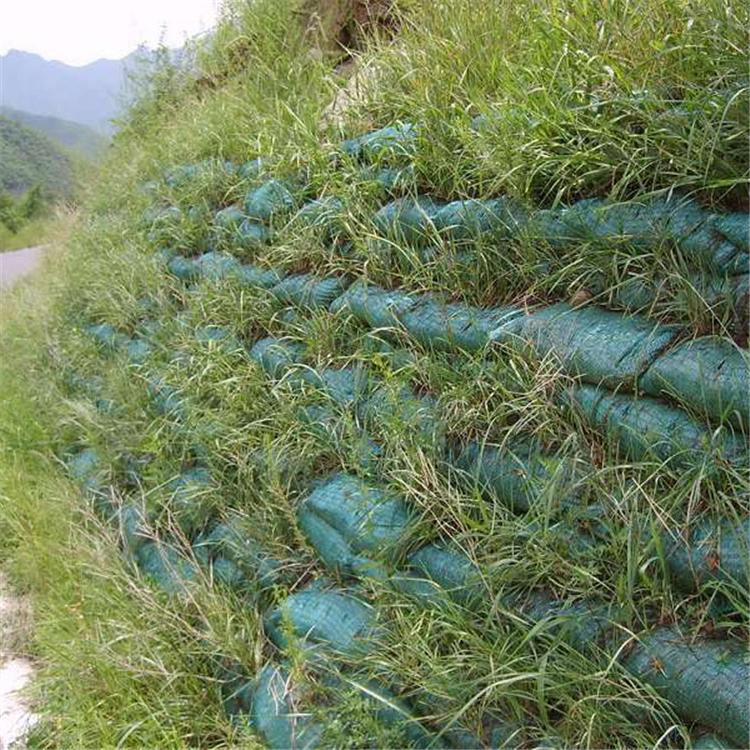In today’s world of environmental issues, the progress of eco-friendly technology is crucial. Non-woven geotextile eco-bags also called geobag, a novel environmentally friendly material, have gained attention. This article will highlight the features, uses, and benefits of non-woven geotextile eco-bags in environmental protection projects.
Non-woven geotextile eco-bags are primarily crafted from polypropylene (PP) or polyester fiber (PET). These materials offer durability against tearing and stretching, along with UV protection and longevity to ensure the bags last long. Moreover, the material’s water permeability supports plant growth and prevents soil erosion effectively.
When it comes to slope protection and green projects, non-woven geotextile eco-bags shine. By stacking these bags into walls or layered structures, they prevent soil and water loss. Once filled with suitable soil and vegetation, a green cover forms quickly, enhancing the landscape and safeguarding against rainfall and erosion.
Thanks to its eco-friendly traits and physical properties, non-woven geotextile eco-bags are used in various projects like slope protection, riverbank protection, and mine restoration. They are preferred in environmentally sensitive areas due to their pollution-free nature and quick greening capabilities.
Besides these benefits, the design and utilization of non-woven geotextile bags showcase innovation and practicality. Modern designs cater to different terrains and climates, offering different specifications for complex construction needs. Simple installation without heavy machinery reduces project duration and costs significantly.
In essence, non-woven geotextile eco-bags are revolutionizing traditional civil engineering. Their unique properties, versatile applications, and positive environmental impacts make them essential in future ecological projects.

